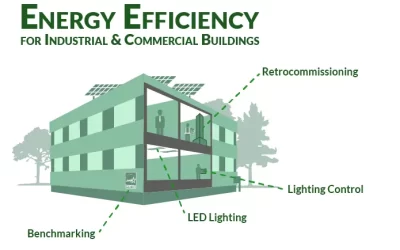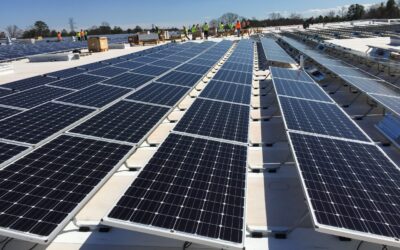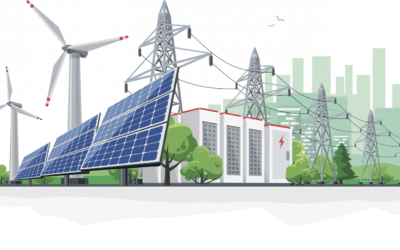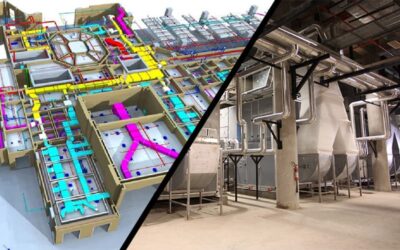Introduction: After conducting a professional energy audit, you receive a comprehensive report outlining various building upgrades that can significantly reduce utility bills and greenhouse gas emissions. However, not all energy conservation measures (ECMs) are created equal in terms of cost, savings, emissions reduction, and payback period. Selecting the optimal combination of upgrades requires careful consideration of your specific goals and financial objectives. In this article, we will provide recommendations to help you navigate the process of choosing building upgrades following an energy audit, considering both financial performance and available incentives.
Defining Your Objectives: Every building owner may have different goals in mind when implementing energy efficiency measures. Some may prioritize maximizing return on investment, while others aim to meet specific emissions reduction targets mandated by regulations. Energy consultants will tailor their recommendations based on your objectives, suggesting different combinations of ECMs for similar properties. Understanding what you want to achieve is the first step in selecting the most appropriate upgrades for your building.
Maximizing Financial Performance: If your primary objective is to achieve maximum financial savings through energy retrofits, it’s important to consider the financial performance of each ECM. Working with a consulting team, you can evaluate various financial metrics for each proposed measure, including net present value (NPV), internal rate of return (IRR), benefit-cost ratio (BCR), and simple payback period. Prioritizing ECMs with higher NPV, IRR, and BCR can help you make informed decisions. However, it’s essential to recognize that simple payback periods may not provide a complete picture, as they assume full upfront payment, overlooking financing options.
Understanding Cash Flow Projections: To obtain a more accurate assessment of costs and savings over time, cash flow projections are crucial. Instead of relying solely on simple payback calculations, which assume upfront payment, consider financing options like low-interest loans. By aligning the savings achieved through ECMs with loan payments, you can select a combination of upgrades that generate higher savings than the loan payments, effectively making the project pay for itself. This approach can significantly reduce or even eliminate the payback period.
Leveraging Energy Incentives and Loan Financing: Energy incentive programs and low-interest loans can play a vital role in reducing project costs and improving financial metrics. Incentive programs directly lower project costs, while favorable loan financing conditions spread expenses over an extended period. Including these incentives and loan conditions in cash flow projections enhances financial performance indicators such as NPV and IRR. Moreover, when the objective is emissions reduction, these benefits further reduce the cost per metric ton of emissions avoided.
Considering Local Programs and Grants: It’s important to note that energy incentive programs and grants often focus on specific ECMs or renewable energy systems. Local programs may provide grants and rebates that fully cover certain building upgrades. Therefore, when selecting ECMs, it is crucial to explore local energy conservation programs and take advantage of available grants and rebates that align with your upgrade goals.
Conclusion: Choosing the right combination of building upgrades following a professional energy audit requires careful consideration of financial performance metrics, cash flow projections, and available energy incentives. By defining your objectives, evaluating financial metrics, understanding cash flow projections, and exploring local programs, you can optimize the benefits of energy efficiency measures, maximize savings, and achieve your desired goals while reducing environmental impact. Remember, each building is unique, and a tailored approach will ensure the best outcomes for your specific circumstances.








0 Comments